Tillys partners with Recover™

Site map
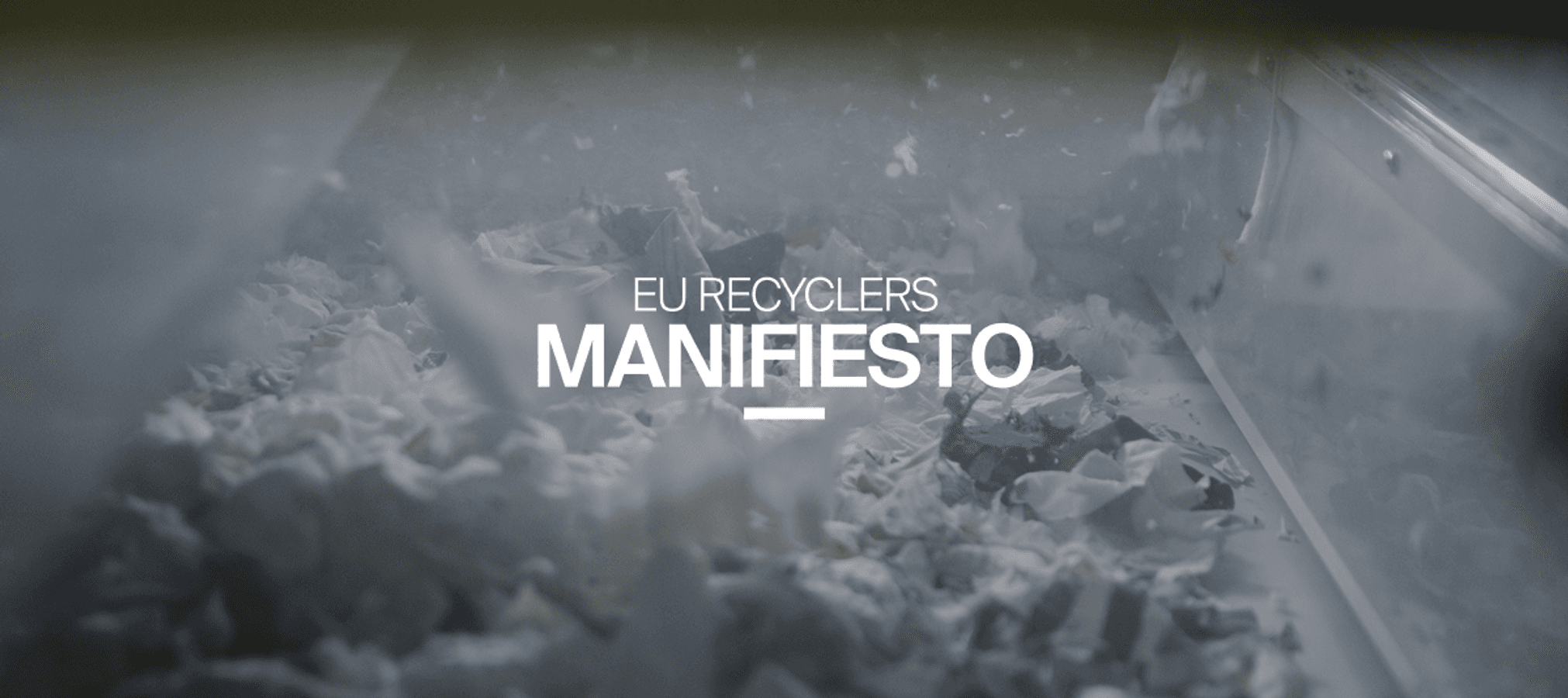
Each year, the average EU citizen produces around 16 kg of textile waste. However, only 4.4 kg of this is separately collected for reuse and recycling within the EU. Most of the textile waste ends up in mixed household waste, which is then incinerated or sent to landfills. The textile industry has a significant environmental impact, ranking as the third largest contributor to environmental pressure on water and land use in the EU, and the fifth largest in terms of raw materials consumption and greenhouse gas emissions. [1]
These concerning statistics are the introduction to the recently published “Recyclers Manifesto”, published by the European Recycling Industries Confederation (EuRIC) – a document aimed at enhancing the circularity of European textiles by 2030.
Through this manifesto, EuRIC Textiles and its members call on EU policymakers to actively promote textile circularity. They advocate for creating an industry environment where innovation can thrive, investments in circularity are incentivized, and the textile reuse and recycling industry becomes a pillar of sustainability.
The document outlines five recommendations for achieving a circular and sustainable textiles sector by 2030.

Ecodesign requirements for textiles should become standard practice. Proper design has to ensure that products can be easily repaired, reused, disassembled, and recycled at the end of the life, ultimately creating a closed loop system. The Ecodesign requirements should consider:
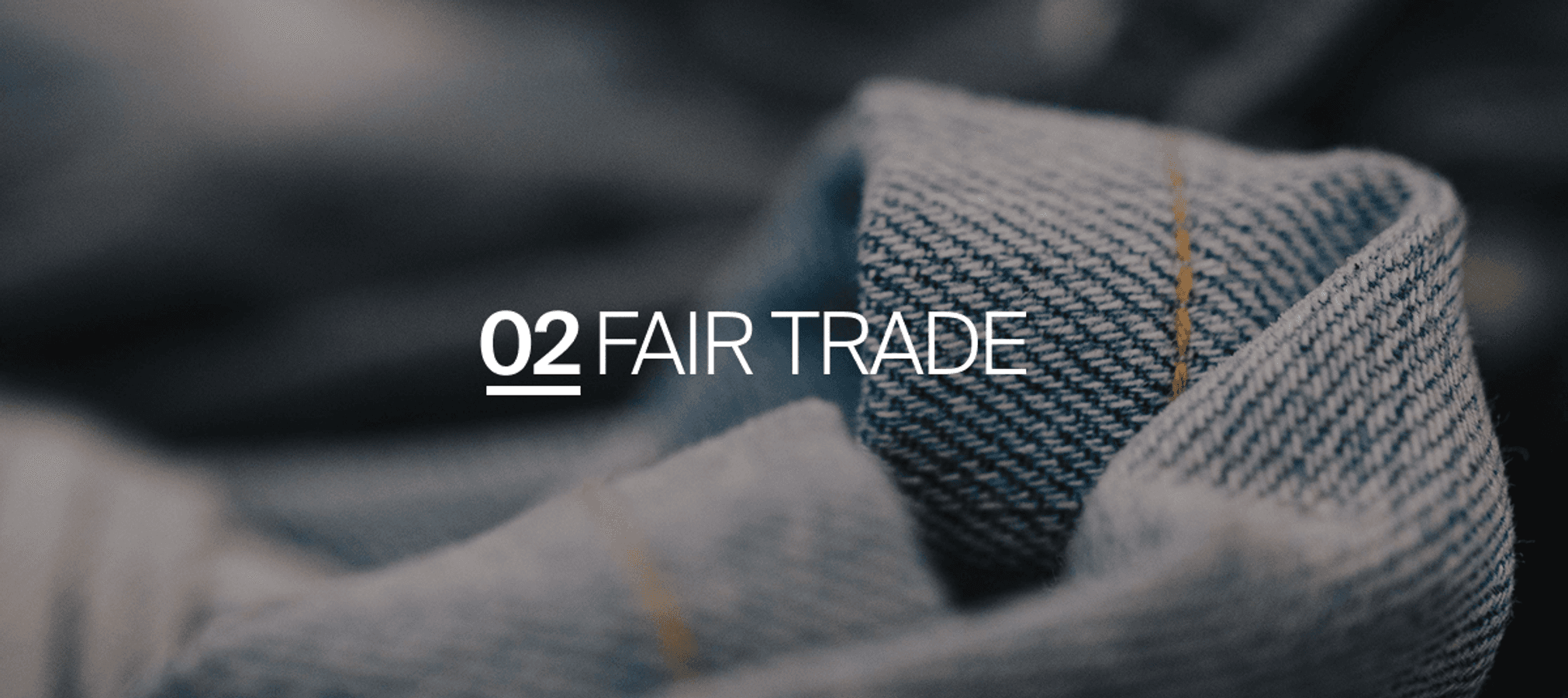
Creating a strong internal market for reuse and recycling in Europe is key to achieving textiles circularity by 2030. In this respect, introducing EU End-of-Waste (EOW) criteria for both reuse and recycling is crucial to reflect the specific needs of the textile waste stream.
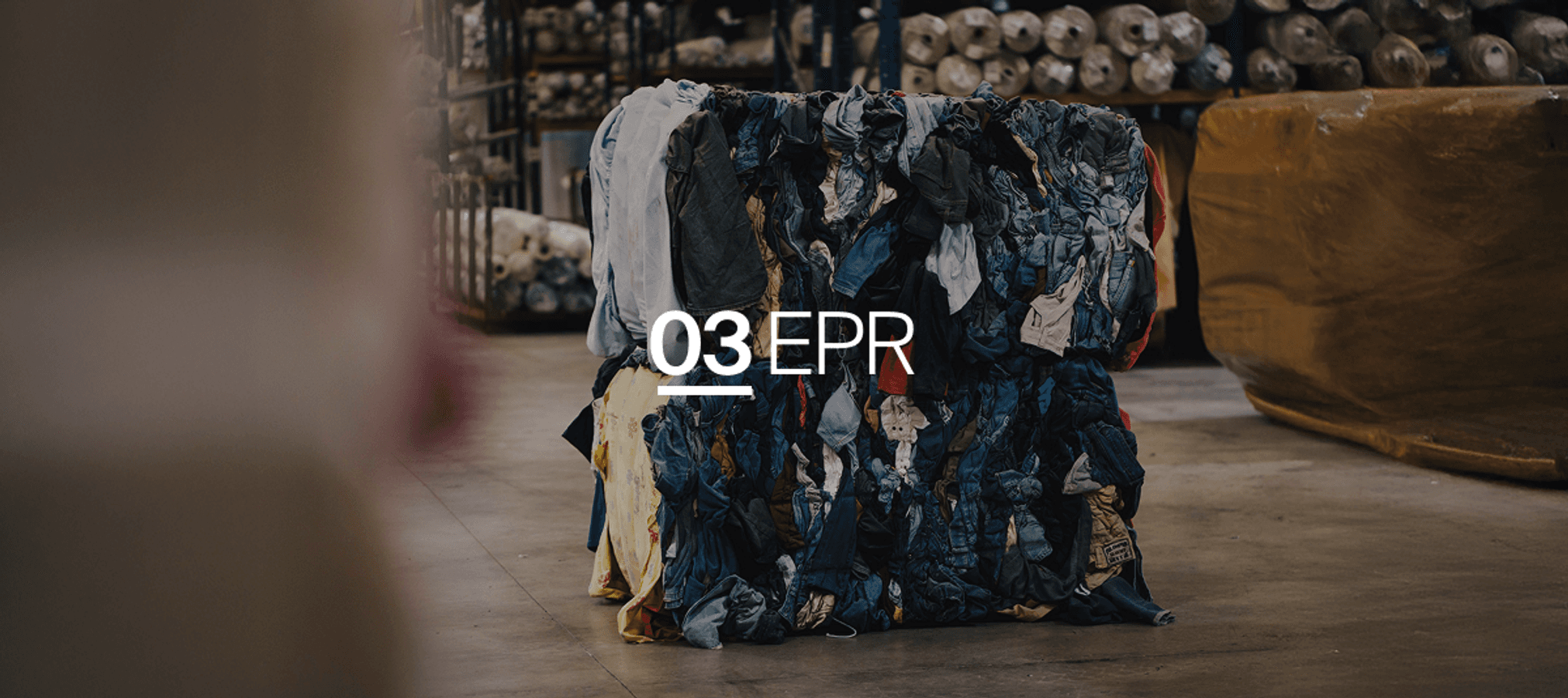
The revised Waste Framework Directive (WFD) requiring all EU Member States to establish EPR schemes for textiles in the next years marks a significant step forward for the circular economy and textile waste management.
It is key to ensure effective and strict enforcement of EPR schemes for textiles across the EU, to make sure that every producer, regardless of location and including e-commerce, comply with the EPR obligations.
EuRIC and its members also calls for reduced VAT rate on second-hand products and repair services as well as recycling services in the EU to enhance competitiveness against virgin material production.
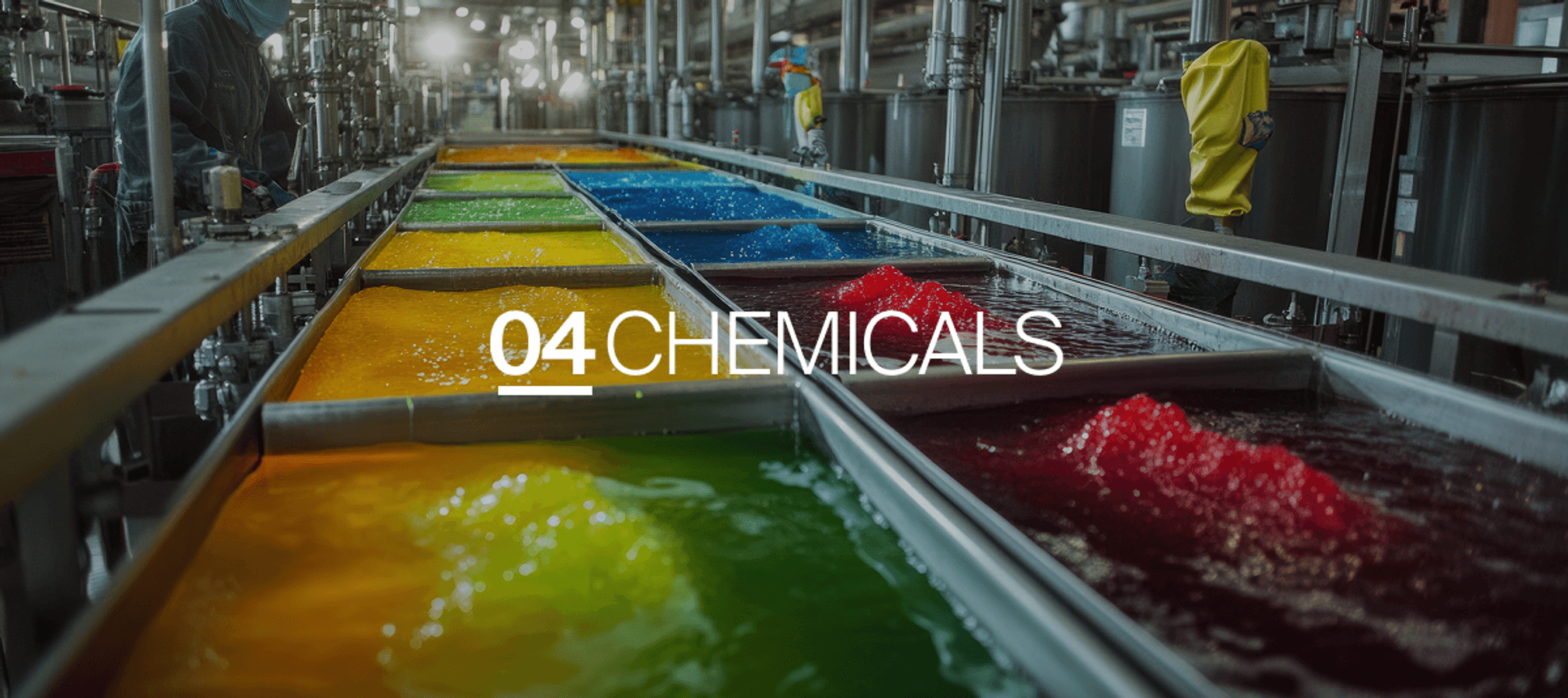
Effective toxic-free product design (by limiting the use of substances of concern in textile products and complying with REACH) would significantly reduce the need for energy-intensive technologies to recycle waste textiles. EuRIC Textiles demands transparency across the entire value chain. The future of textiles must be free from intentionally added chemicals that hinder recycling and pose a risk to human health.
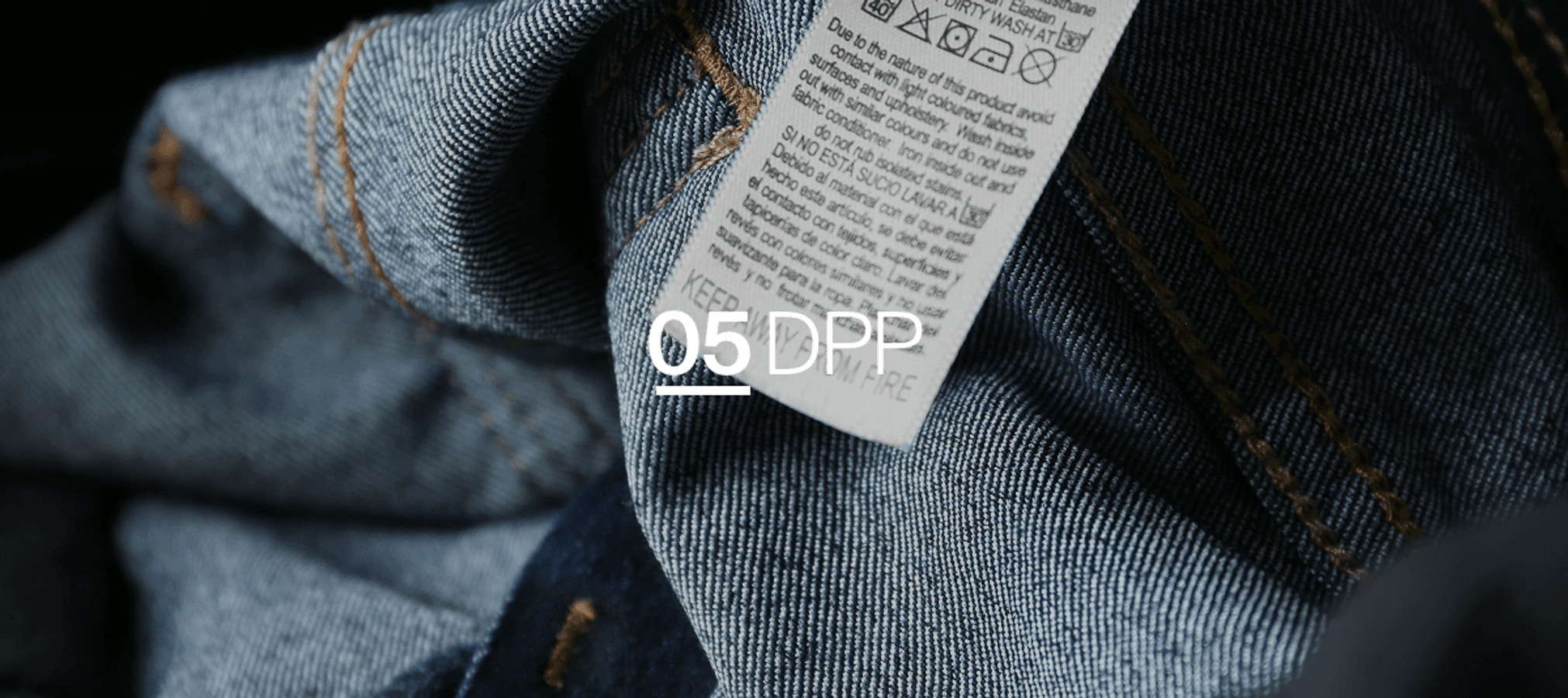
The Digital Product Passport (DPP) will be very useful for the textile stream if it provides clear, structured, and easily accessible data. It will help consumers make informed choices, enable public authorities to perform better checks and controls, and provide textile sorters with information about the materials in a product.
Read EuRIC’s EU Recyclers’ Manifesto: Increasing textiles circularity by 2030 for more detailed information on each of these recommendations.
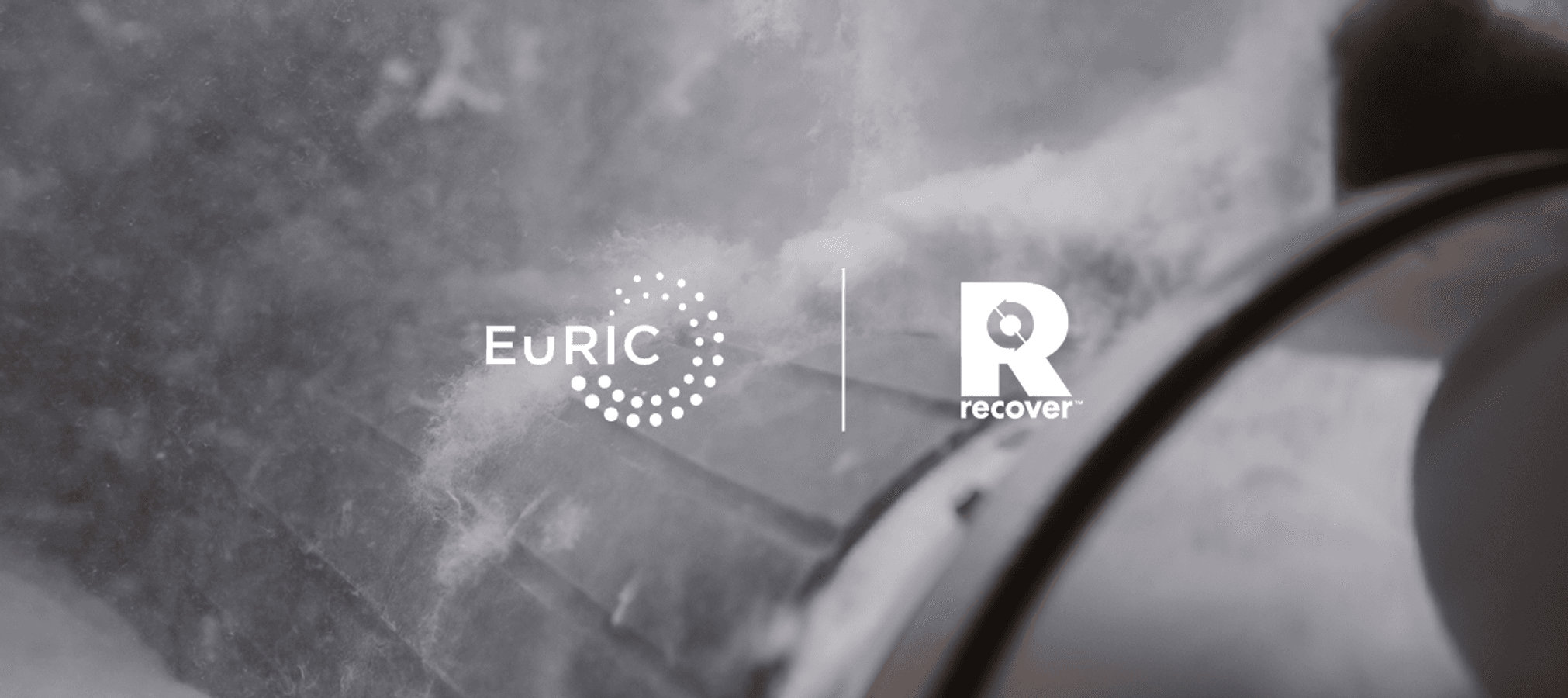
Recover™ joined EuRIC in 2023. Through this collaboration, Recover™ can play a crucial role in shaping key EU policies and regulations that impact the recycling sector. We participate in working groups to formulate industry positions and acquire legal and technical support on EU regulatory matters.
Additionally, our involvement in EuRIC Textiles enables us to take part in high-level European recycling events, providing a platform for engagement among industry leaders, policymakers, and innovators to explore the path toward a more sustainable and circular textile sector.ç
[1] ] European Environment Agency’s European Topic Centre on Circular Economy and Resource Use (2024), Briefing “Management of used and waste textiles in Europe’s circular economy”.

